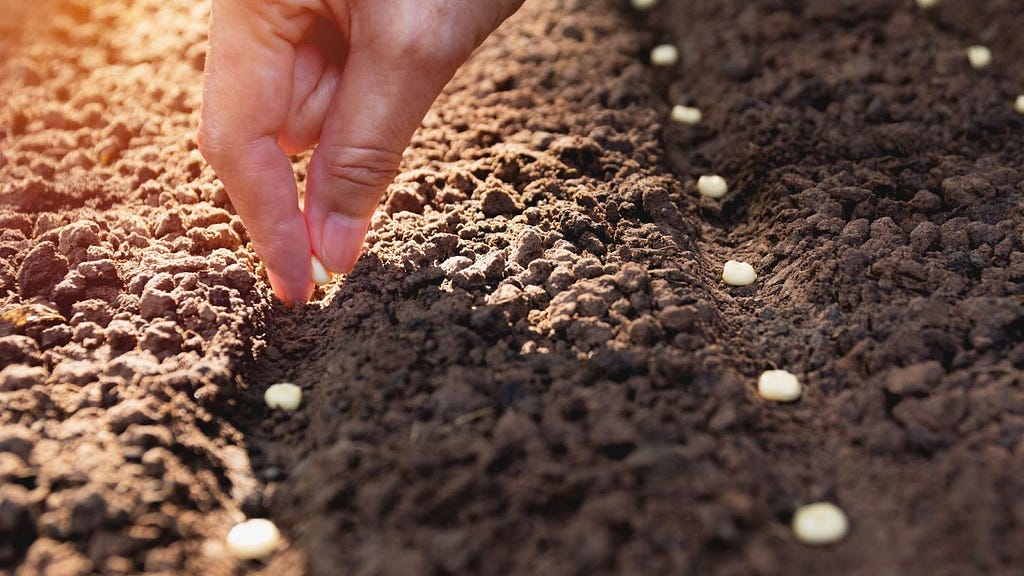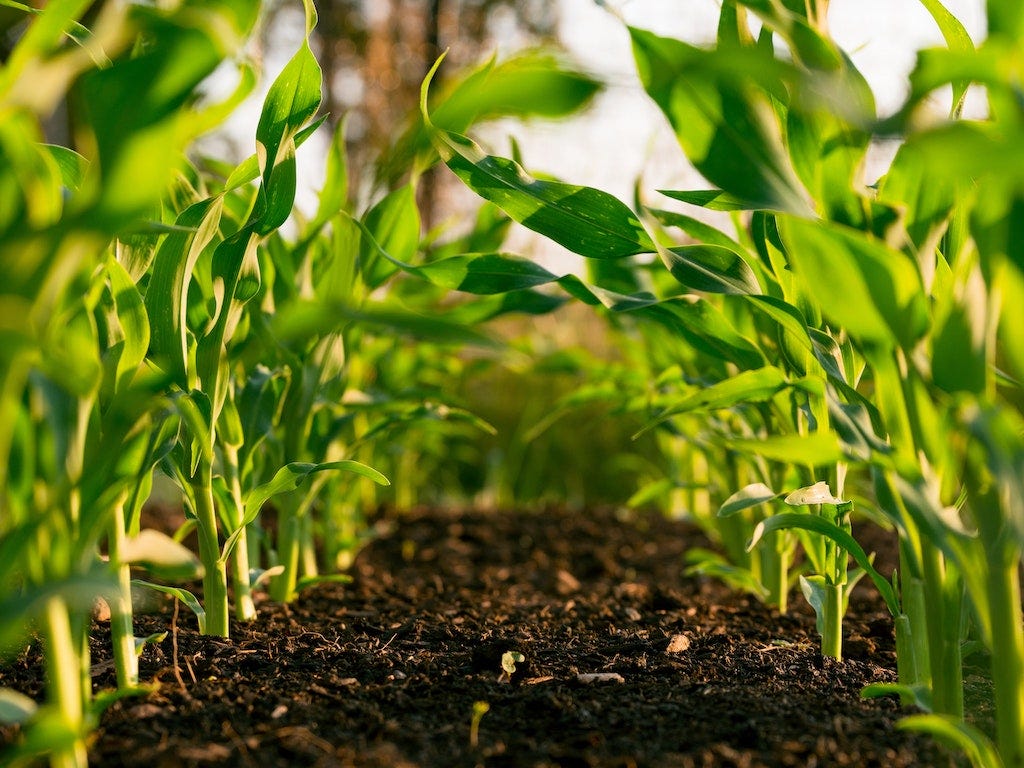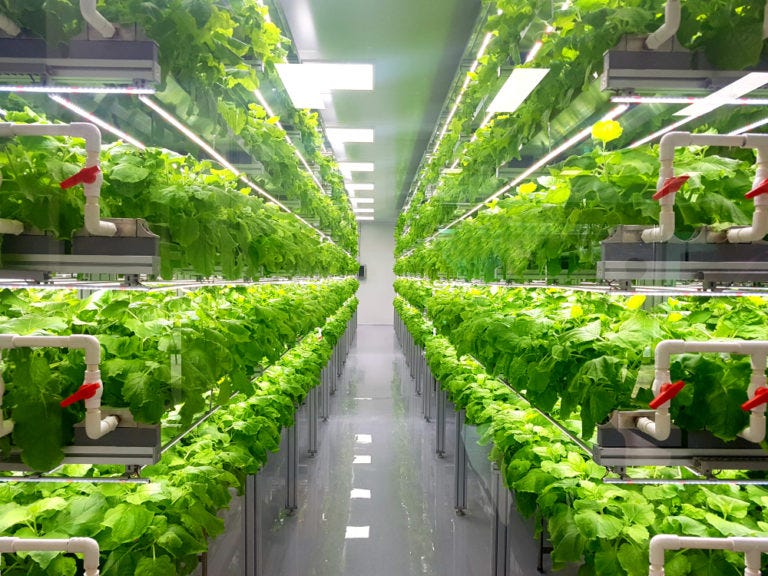HARVESTING IMPROVING TEA QUALITY THROUGH IOT IN FERMENTATION PROCESS
Tea is quickly overtaking water as the preferred beverage. Around the world,more than 10 million people depend on tea for their livelihood. Tea comes in several flavors, but black tea is the most widely consumed, making up more than 78 percent of all tea consumed worldwide. The tea is first brewed and then withered. The thick, yet pliable leaf has lost around 30% of its moisture in this location. There are two methods:
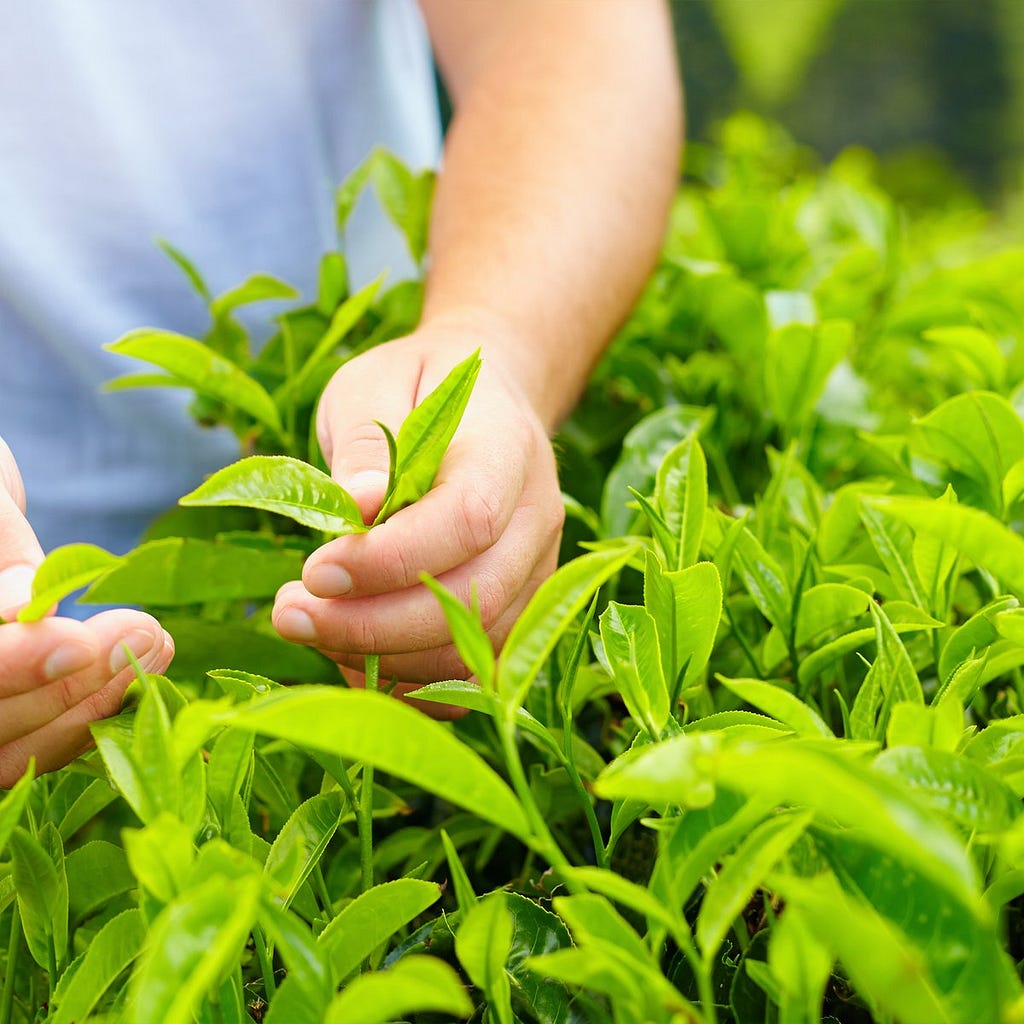
1) Natural withering, in which the leaves are spread out on laths covered with jute, wire, or nylon nets. The amount of humidity in the leaves and the weather affect how quickly the leaves wither. It could take between 14 and 18 hours.
2) Modern withering is done in large, wire-grid-covered troughs that are 25 to 30 meters long and are aired by powerful ventilators. These can also be utilized to reheat the leaves, cutting the withering time if necessary to 8–12 hours.
The second procedure is rolling.
- Orthodox method
With the use of press spindles or rollers, the still-green leaves are split open, and the released cell fluid reacts with the oxygen in the air (resembling the oxidation of a biting apple). These stages are carried out three times, each taking 30 minutes. The increasingly dark green, wet, bumpy leaves are spread using a shaking or sieving machine.
2. CTC — Method (CTC stand for Crushing, Tearing and Curling)
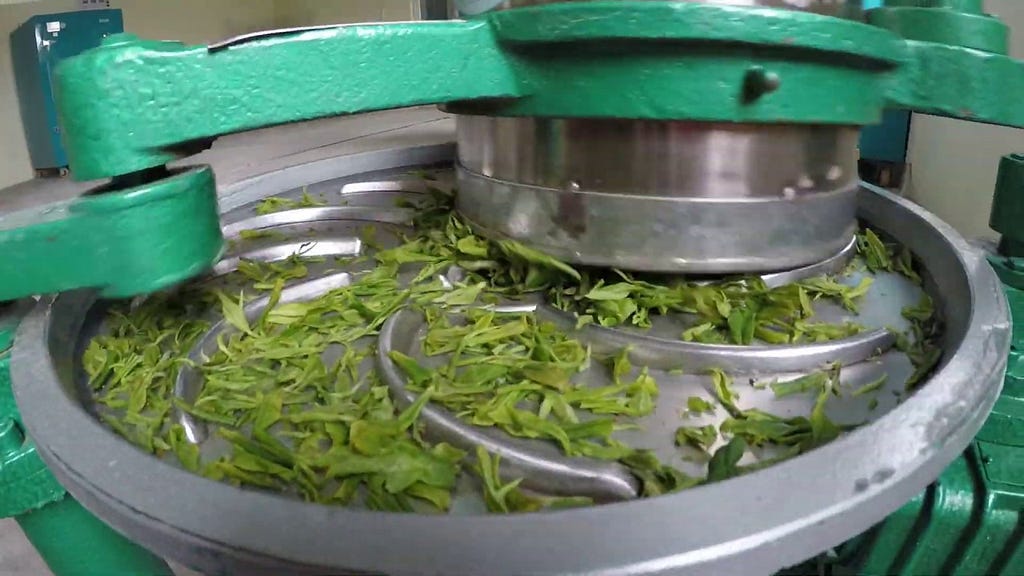
The tea fermentation process comes in third. The fermentation and oxidation processes are started by rolling. Depending on the quality of the leaves, the mechanical part is rolling a sheet of macerated leaves 5-8 cm thick out for 45 minutes to 3 hours. A particular room with a temperature of 40 °C is used, and the leaves are laid out on broad boards in layers that are 10–15 cm thick and sprayed with water for two to three hours. Humidifiers or cool air are used to regulate the temperature, which ranges from 24 °C to 27 °C. The outcome is that the leaf develops a copper-red to brown tint and starts to emit its distinctive aroma, which may be tasted after the tea has been brewed. Proper fermentation is essential for the best possible quality of the tea.
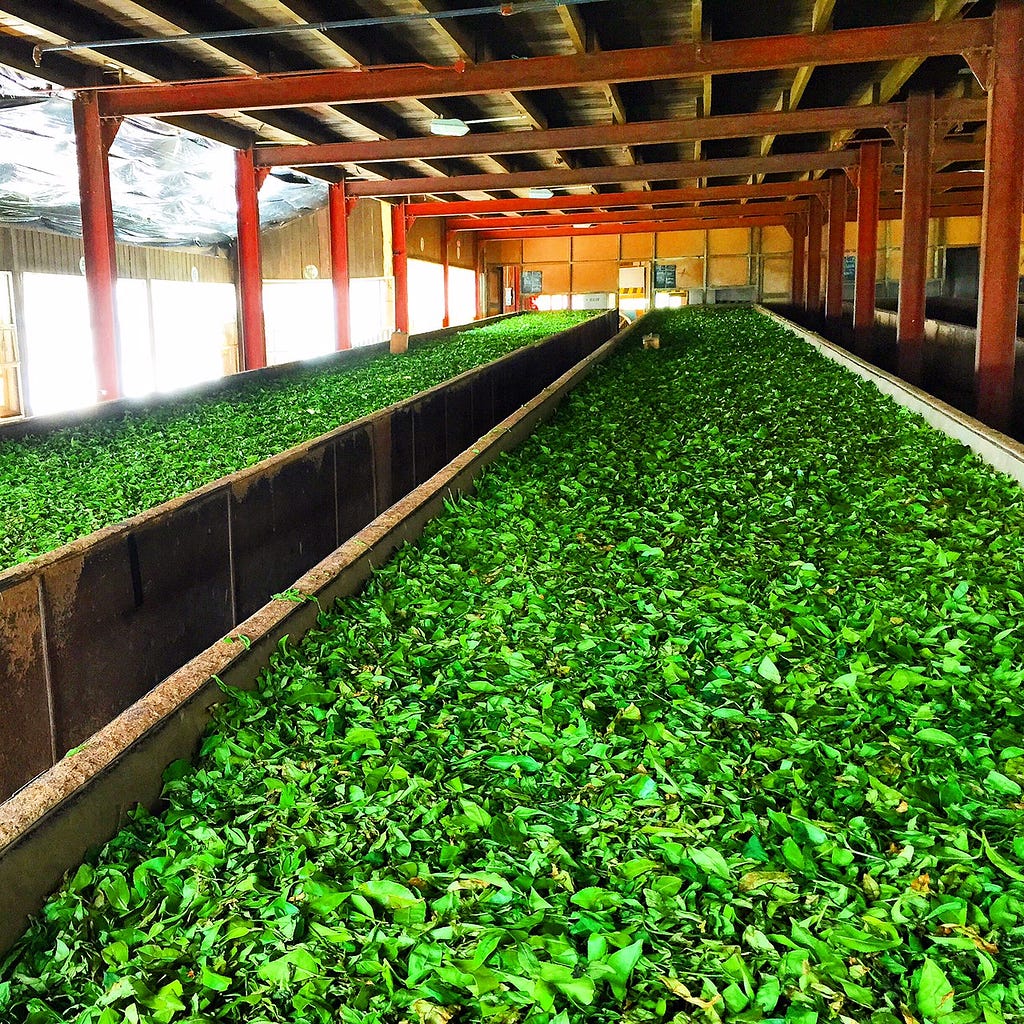
The tea is put through the drying process after the fermentation process. It takes 20 minutes for the drying process to be finished. During the height of the fermentation, the leaves are transported through so-called tiered dryers on metal conveyor belts. For around 20 minutes, the tea is dried in hot air at 80–90 °C, which causes the cell fluid to stick to the leaves and gives the tea its dark brown–black color. The leaves' final humidity ranges from 5 to 6 percent. IoT is now widely used in everything and has had a significant impact.
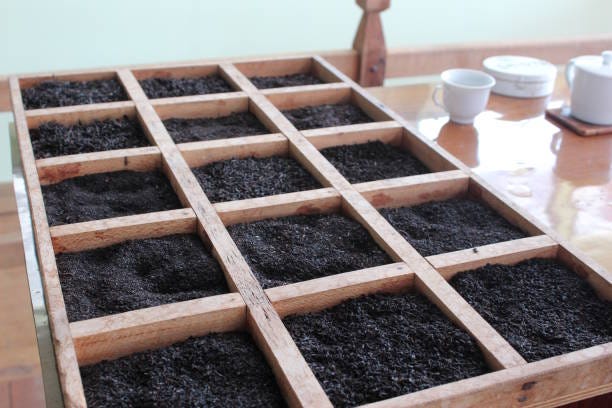
The primary purposes of withering are to lower the moisture content of the leaf and to soften it. Hot air blowers are used to heat the tea leaves and remove the moisture after they are spread out on a sizable tray made of wire mesh. Temperature and humidity affect the withering duration, which can last anywhere between 18 and 24 hours. The leaf is now limp and has changed from light green to a darker hue. Certain biochemical and physiological changes brought about by withering help the rolling and fermentation processes, which determine the ultimate tea quality..
IoT assists in this situation by enabling real-time tea temperature and humidity monitoring, ensuring the beverage's high quality. According to reports, withering tea for a short time (12 hours) at a low temperature (10°C–15°C) results in well-flavored tea as opposed to withering tea for a long time (20–30 hours) at a high temperature (25–30°C), which results in good color but has a negative impact on the chemical and flavor qualities. After that, the finished tea is graded using mechanical jarring sieves. We may enhance tea quality and save energy costs by implementing IoT technology during the withering and fermentation processes. Tea quality is improved by properly preparing the leaves at the proper temperature, which also aids in conserving energy. As a result, tea plantations can increase their profitability by conserving a lot of energy.
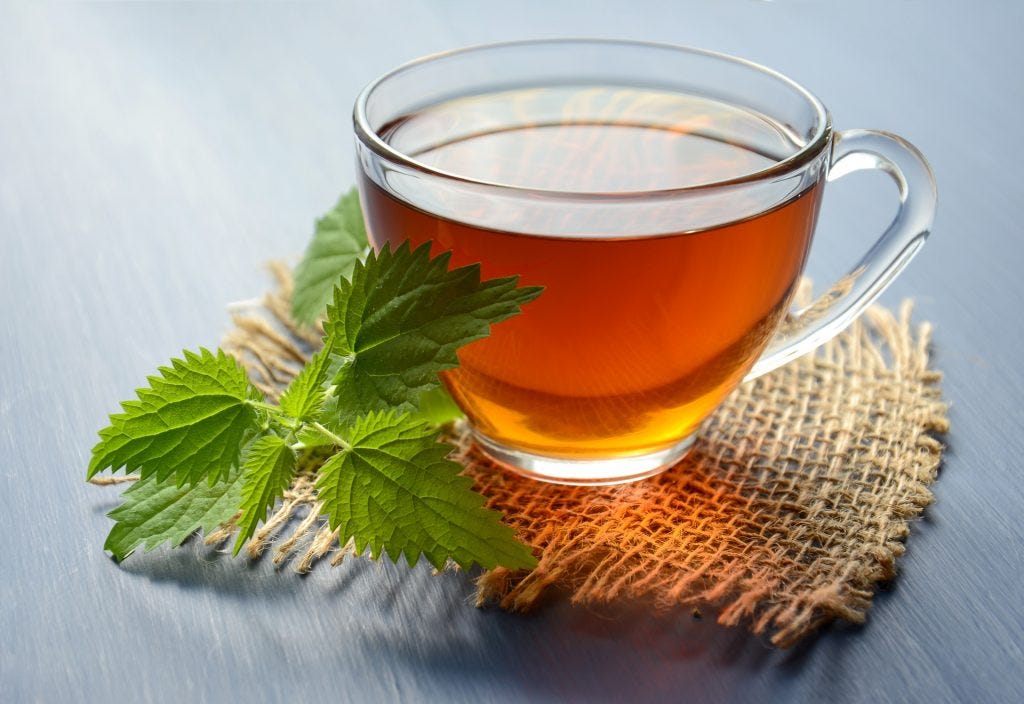
The fact that many of the proposals are a combination of machine learning and image processing techniques shows that researchers are paying the most attention to the tea fermentation process because of how crucial it is to deciding the quality of tea. The monitoring of temperature and humidity during tea processing via the Internet of Things is currently gaining popularity. However, the majority of the suggestions are computer models that haven't been put to the test in actual tea fermentation scenarios. Deep learning is also becoming more and more accepted in monitoring tea processing than conventional machine learning classifiers due to its intelligence and ability to use transfer learning to address problems across different domains.
